POLISH AEROSPACE SECTOR
FAC FEATURED PARTNER
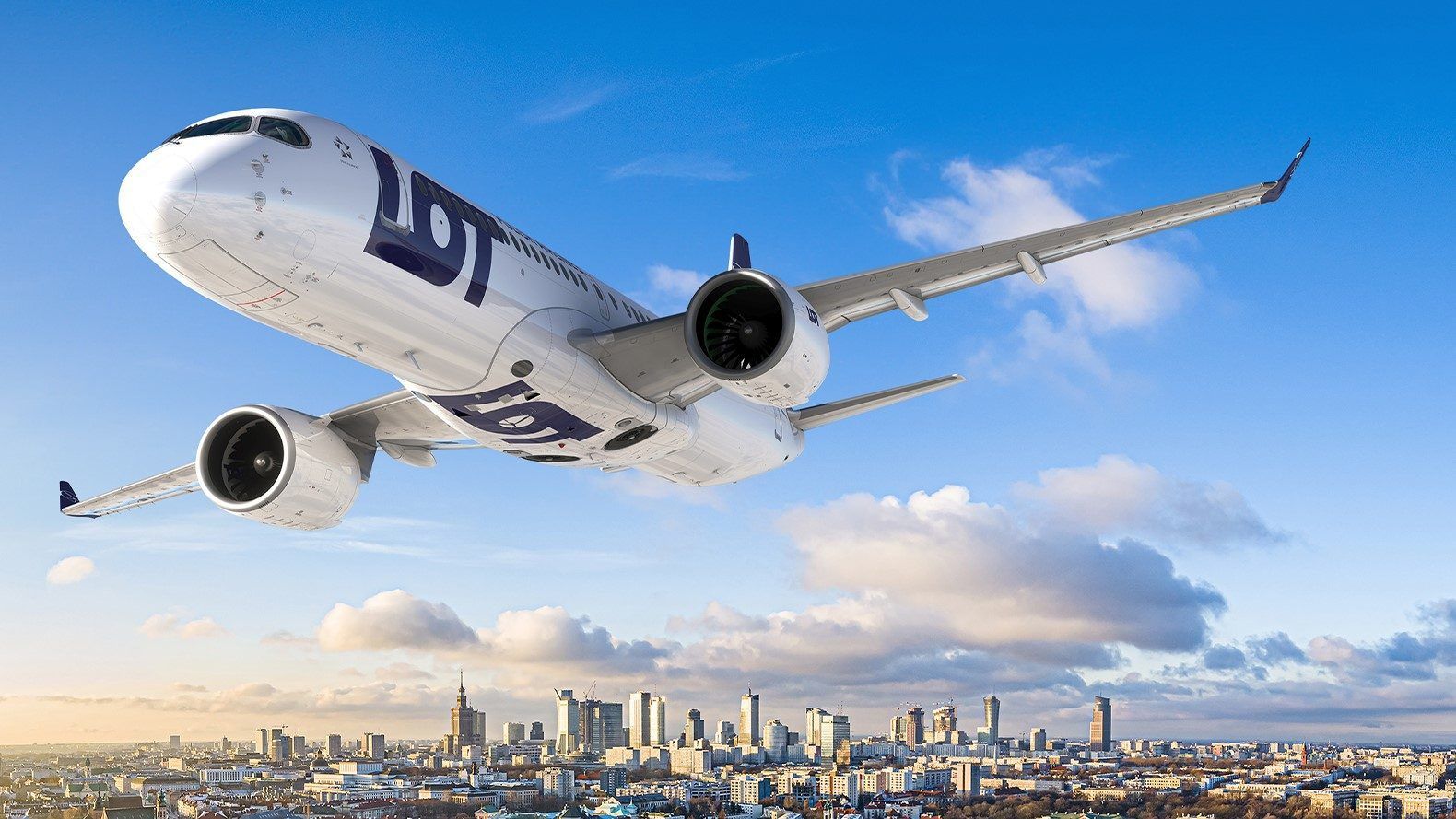
Poland's aerospace sector, with 100+ years of history, is a rapidly growing hub (PLN 14.5 bn in 2022, 87% export). It spans civil/military aerospace, space, and UAVs. Driven by skilled talent, R&D, and UK partnerships, the Ukraine conflict significantly boosts its defense industry.
The Polish aerospace sector is undergoing significant development, driven by a rich history, strategic investments, and growing international partnerships. With over 140 aviation companies, including 29 firms with more than 49 employees, the sector generated approximately EUR 1.25 billion in sold production in 2020 and EUR 0.8 billion in exports. More recent data indicates that the value of the Polish aviation industry was estimated at PLN 14.5 billion in 2022, with 87% of this revenue being export-driven. The sector employs over 32,000 workers directly, supporting an additional 64,000 jobs in other economic sectors.
Overview and Progress
Poland's aerospace industry boasts over 100 years of aviation history and 80 years of aircraft production. This strong foundation is supported by well-developed networks of suppliers, world-renowned product quality, and competitive production and labour costs. The industry is significantly influenced by four aviation clusters: Aviation Valley, Silesian Aviation Cluster, Wielkopolska Aerospace Cluster, and Lower Silesian Air Cluster, which concentrate talent, research, and production capabilities. Aviation Valley, located in Rzeszów, is the largest, comprising 177 entities employing over 33,000 staff and concentrating 90% of the total sector output in Poland.
The sector benefits from a highly qualified workforce, with over 179,838 students in Engineering and engineering trades-related faculties and an average salary higher than the state average for the industrial sector. Continuous investment in R&D, averaging 4.3% of expenditure between 2018-2022, and strong links between science and industry contribute to its growth.
Civil Aerospace
The civil aviation sector in Poland has seen dynamic growth, particularly following its accession to the European Union in 2004 and the "open skies" agreement. There has been a growing number of passengers for low-cost airlines and at regional airports. Warsaw Chopin Airport remains a key hub, serving 18.9 million passengers in 2019. To address increasing air passenger traffic and airport capacity, the government plans to construct the Solidarity Transport Hub (STH), a new international airport near Warsaw, scheduled for completion in 2027, with a capacity to handle up to 100 million travellers annually.
Polish companies are known for the designing, producing, and Maintenance, Repair, and Overhaul (MRO) of sports, agricultural, and training planes, helicopters, gliders, and aviation parts and accessories. Notable civil aircraft products include the M18 Dromader agricultural plane for fire extinguishing. The sector is also a significant MRO provider, with initiatives like EME Aero (a joint venture between Lufthansa Technik AG and MTU Aero Engines AG) in Jasionka, focusing on the latest generation of geared turbofan engines.
Military Aerospace
Poland's military aerospace sector is undergoing substantial modernisation. The government's plans to strengthen its armed forces and replace Soviet-era equipment with modern NATO platforms involve significant investment. The modernisation plan, valued at nearly USD 1.43 billion, includes acquisitions such as F-35 fighter jets, C-130H Hercules transport aircraft, and various guided missiles. There is a strong emphasis on utilising Polish defense industry capabilities, especially the Polish Armament Group (PGZ) companies.
Key players in military aerospace include PZL Mielec, which produces S-70i Black Hawk helicopters (a Lockheed Martin Company and their largest production plant outside the USA) and M28 aircraft, and WSK "PZL-Świdnik" / Augusta Westland, which manufactures Sokół multi-purpose helicopters and new AW149 helicopters. Airbus in Poland also contributes significantly, with its Warsaw plant responsible for the production of aerostructures for A330 and harnesses for A320 and A330 Family airliners, and also provides MRO services to the C295 fleet of the Polish Air Forces and other countries, manufacturing 60% of components in all C295 aircraft sold globally.
Space Sector
Poland's involvement in the space sector has rapidly expanded since becoming the 20th full-fledged member of the European Space Agency (ESA) in 2012. The Polish Space Agency (POLSA), established in 2014, is central to this growth, supporting the Polish space industry by bridging business and science, coordinating ESA participation, and promoting satellite technology development.
The space sector has flourished, growing from over 30 companies with PLN 200 million turnover within four years of joining ESA to nearly 400 companies and approximately 12,000 employees today. Poland's contributions to ESA are increasing, with €200 million allocated for 2023-2025, up from €132 million.
Key Space Missions and Projects:
- EagleEye: The first Polish Earth observation microsatellite, providing 1-meter imagery of Earth, led by a consortium including Creotech Instruments, Scanway, and the Polish Research Center.
- Twardowski: An ESA project led by Creotech Instruments dedicated to mapping the Moon.
- HyperSat: Creotech's self-built universal satellite platform designed for multiple missions, including PIAST (Polish ImAging Satellites), radar detection, 5G connectivity, IoT, and security/defense.
- Intuition-1: Developed by KP Labs, this satellite, launched onboard SpaceX Falcon 9, captures hyperspectral imagery and uses AI for on-board data processing.
- CAMILA project: A flagship initiative to create a constellation of Earth observation satellites, enhancing public administration efficiency and data reliability.
- Human Spaceflight: Poland sent its first cosmonaut, Mirosław Hermaszewski, in 1978. Sławosz Uznański was selected as an ESA Astronaut Reserve and is set to participate in the Axiom Mission 4 (Ignis mission) to the International Space Station (ISS) in 2025, conducting 13 Polish scientific experiments. POLSA also aims to send a crewed mission to the Moon by 2030, possibly on Artemis 6.
Polish expertise in the space sector includes robotics, automation, mechatronics, on-board power supply systems, optical and communication systems for satellites, scientific sensors, soil penetrators for space probes, and software testing. There's significant activity in downstream services like Earth Observation, AI, Big Data algorithms, and cloud computing solutions. Poland actively participates in the EU Space Surveillance and Tracking (SST) program, monitoring space debris and objects approaching Earth, and has signed the Artemis Accords with NASA, opening prospects for participation in lunar and solar system exploration.
UAVs (Unmanned Aerial Vehicles) and UAM (Urban Air Mobility)
The Polish aerospace sector is actively developing in the fields of UAVs and Urban Air Mobility (UAM). The U-SPACE market in Poland is flourishing, with an estimated value of PLN 3.26 billion for 2017-2026. Polish companies are investing in R&D and collaborating with international partners on UAV technologies.
UAV applications span a wide range of industries, from civilian operations like agriculture, construction, and infrastructure inspection to government and military applications such as search and rescue, border patrol, reconnaissance, and combat missions. Civilian UAVs are primarily used for aerial filming, photography, thermal imaging, and crop inspection. Projects such as the SAMAS (Structural State Surveillance to Remotely Piloted Systems) project, involving the Air Force Institute of Technology (ITWL), are developing structural health monitoring systems for UAVs. ITWL also develops its own unmanned platforms like HAASTA, Atrax, and Duch UAVs.
For UAM, work on air taxis (VTOL type) is being conducted mainly within research centres and SMEs in Poland, although these concepts currently face challenges due to insufficient financial support.
Impact of the Conflict in Ukraine
The conflict in Ukraine has had a profound impact, significantly powering the Polish aerospace industry, especially in defense and unmanned systems. The war has highlighted the strategic role of unmanned systems in modern warfare, exposing both their effectiveness and vulnerabilities in digital infrastructure.
The demand for UAVs has steadily increased due to the conflict, demonstrating the versatility of UAVs in combat scenarios and the value of adopting commercial technology for military applications. Polish companies are developing UAVs for reconnaissance, surveillance, and combating ground targets, contributing to modernisation programmes like Wizjer or Orlik. This includes the intensive development of loitering munitions (kamikaze drones) and aerial target imitators for anti-aircraft training.
In the space domain, the Russian aggression in Ukraine has led Poland and other European nations to prioritise the development of defense programs in outer space, viewing Earth observation satellites as a matter of national security. This geopolitical context underscores the need for cross-border collaboration to strengthen Europe’s collective security in aerospace and defense sectors.
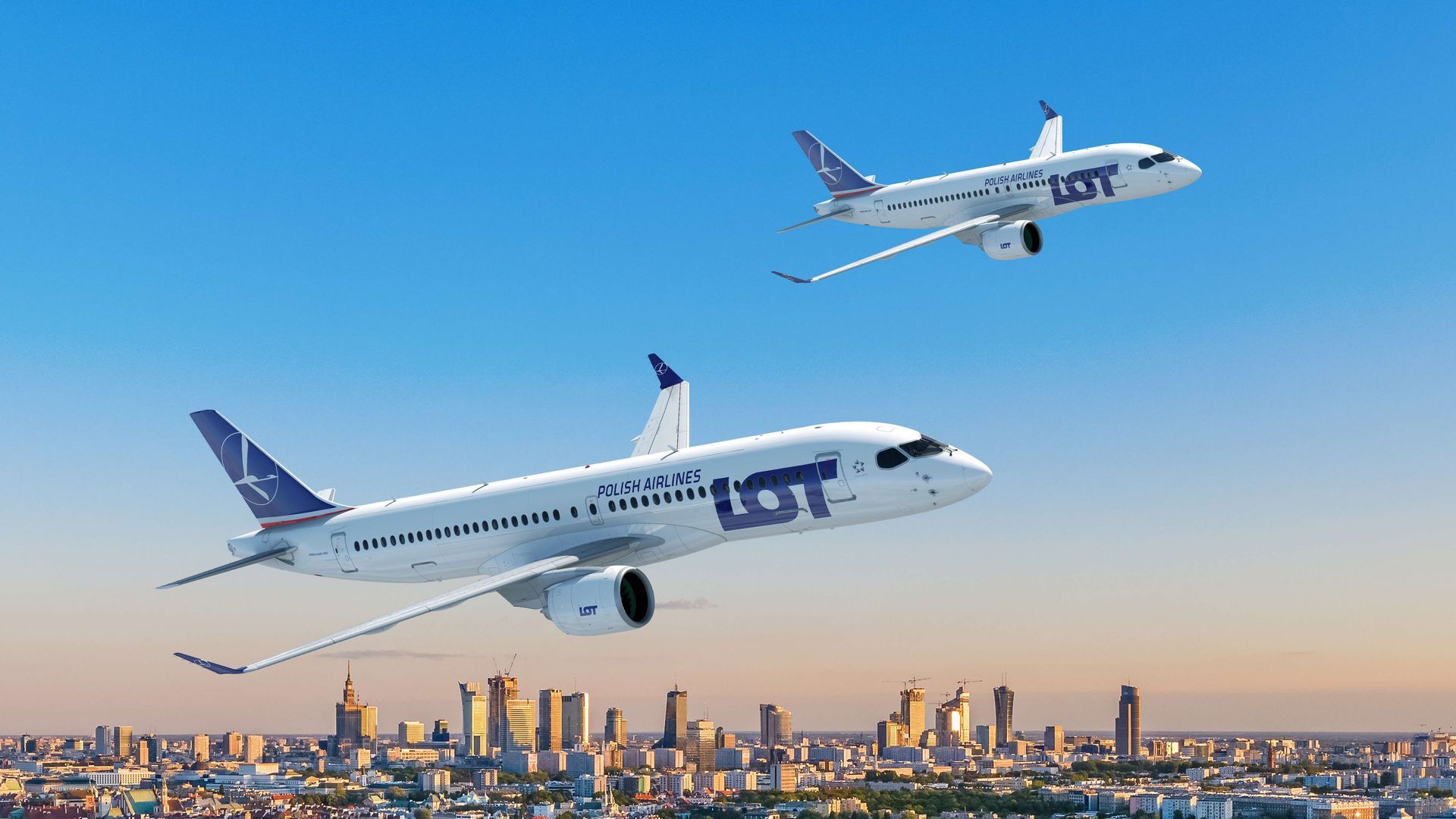
Partnerships in the UK and Farnborough Aerospace Consortium (FAC)
Poland actively seeks to strengthen its international partnerships, including with the UK. The Farnborough Aerospace Consortium (FAC), a UK-based association, has been instrumental in developing these links. A delegation from FAC, including Fareham company Barnbrook Systems Ltd, visited Poland to strengthen ties with the Aviation Valley Cluster. These relationships were initially formed and further strengthened at the Farnborough Air Show in 2022 and 2023.
During the visit, the FAC delegation met with key figures in the Polish aerospace, aviation, and defense industries, including the Mayor of Rzeszów, Konrad Fijolek, and senior management from major players like McBraida and MTU. The trip was described as "extremely productive," with significant potential for business between FAC members and Aviation Valley. Poland's aerospace industry aims to attract strategic investments, recognising that it needs systemic support and collaboration to enhance its competitiveness and innovation, drawing parallels with the UK's approach to its domestic aerospace industry.
Key Players in Polish Aerospace
Aviation Clusters:
- Aviation Valley (Dolina Lotnicza): The largest cluster, based in Rzeszów, including 177 entities and accounting for 90% of Poland's aerospace output. It has received significant financial assistance from Pratt & Whitney.
- Silesian Aviation Cluster: Includes several dozen entities from the Bielsko-Biała area.
- Wielkopolska Aerospace Cluster: Consists of six companies, including Pratt & Whitney Kalisz and PZL Kalisz, producing subassemblies.
- Lower Silesian Air Cluster: Established to support the growing aviation sector in south-western Poland.
Major Companies and Institutions (Aviation):
- Pratt & Whitney Rzeszów: A major player in aircraft engine production and R&D, and part of the Wielkopolska Aerospace Cluster.
- PZL Mielec (a Lockheed Martin Company): One of Poland's largest aircraft manufacturers and Lockheed Martin’s largest production site outside the US, producing Black Hawk helicopters and M28 aircraft.
- WSK "PZL-Świdnik" S.A. (a Leonardo Helicopters company): Manufactures W-3 Sokół and SW-4 helicopters, and new AW149 helicopters, also serving as the Aerostructure Centre of Excellence for Leonardo Helicopters Division.
- Airbus in Poland (PZL Warszawa Okęcie): Produces aerostructures and electrical harnesses for A330 and A320 families, and provides MRO for C295 and PZL-130 Orlik aircraft.
- GE Aerospace Poland: Supports the full lifecycle of aeroengines and products, holding a 75% stake in the XEOS MRO facility in Środa Śląska.
- Safran Transmission Systems Poland: Specialises in manufacturing and servicing gearboxes for aircraft and has its own R&D centre.
- EME Aero: A joint venture between Lufthansa Technik AG and MTU Aero Engines AG, providing MRO services for geared turbofan engines.
- Collins Aerospace Wrocław (formerly UTC Aerospace Systems Wrocław): Focuses on fuel and control systems for aircraft engines and hydraulic products.
- Łukasiewicz Research Network – Institute of Aviation (ILOT): A leading R&D institution in aerospace, space, and unmanned technologies.
Major Companies and Institutions (Space):
- Polish Space Agency (POLSA): The central government agency supporting the space sector.
- Space Research Centre of the Polish Academy of Sciences (CBK PAN): An interdisciplinary research institute focused on space research and satellite technologies, contributing to numerous international missions.
- Creotech Instruments S.A.: Develops microsatellite platforms (HyperSat) and actively participates in Earth observation missions like EagleEye.
- KP Labs sp. z o.o.: Focuses on autonomous spacecraft and robotic technologies, known for the Intuition-1 satellite.
- SatRevolution S.A.: Specialises in nanosatellites and Earth observation constellations, having launched Światowid, KRAKsat, and AMICal Sat.
- Scanway sp. z o.o.: Commercial supplier of optical instruments for the space industry, involved in EagleEye and PIAST projects.
- SENER Polska sp. z o.o.: Specialises in flight mechanisms and mechanical ground support equipment for satellite assembly.
- Thales Alenia Space Polska sp. z o.o.: Designs, integrates, and manages innovative space systems, involved in telecommunications, Earth observation, science, and navigation projects.
- Thorium Space sp. z o.o.: Creates next-generation HTS satellite platforms and RF payloads.
- SYDERAL Polska sp. z o.o.: Specialises in electronics and software solutions for the space sector, including quantum communication.
- GMV Innovating Solutions Sp. z o.o.: Provides IT solutions, integrated systems, and hi-tech products for space, intelligent transportation systems, defense, and security.
- Polish Space Industry Association (SPACE PL): Consolidates entrepreneurs, research centres, and other space sector organisations to support their business activities.
Strengths and Opportunities
Poland's aerospace sector possesses significant strengths, including an educated and experienced workforce, cost advantages while maintaining quality, multidimensional competences, robust local supplier networks, strong international connections, and established cooperation between the private sector and research entities. Its geographical concentration in clusters and membership in the EU and NATO further enhance its attractiveness for investment.
Opportunities for growth include participation in innovative R&D projects, early development in "next big thing" areas such as low-carbon aviation, Industry 4.0, and unmanned aircraft, new foreign investments, and the modernisation of the Polish military. The sector is poised for a technological leap, driven by the development of technologies like 3D printing components using metals, new engine solutions, and advanced software for engine control, often financed by EU funds.
To fully leverage its potential, the Polish aerospace industry requires a coherent national strategy (an "Industry Contract") to guide its development, secure funding, and foster cooperation between government, industry, and academia. Such a strategy would ensure sustained growth, increased competitiveness, and a stronger position in global value chains.
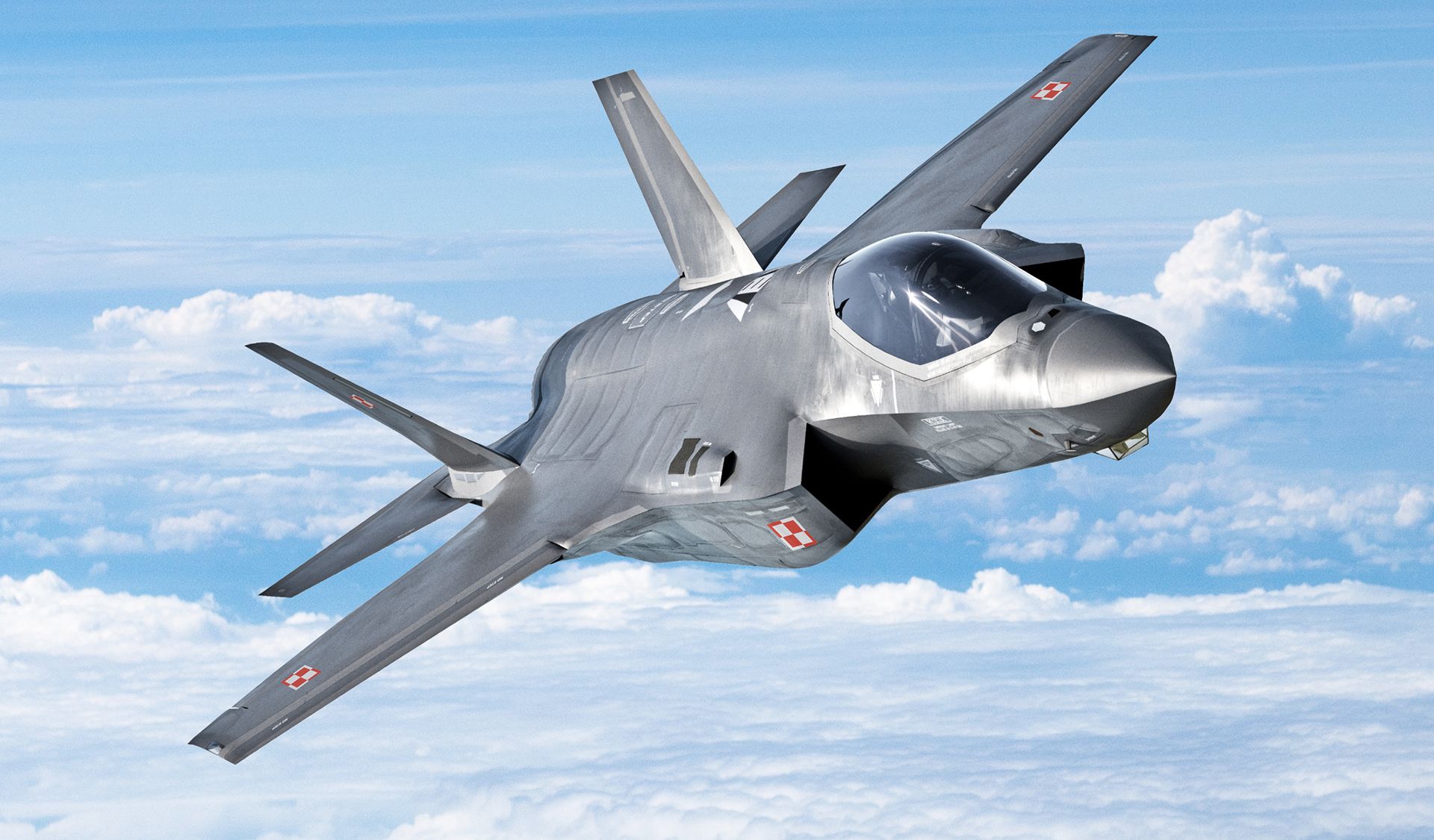
Bibliography / References
Acts and Legal Documents
- Act of June 26, 2014, on certain agreements concluded in connection with the implementation of orders of fundamental importance for state security.
- Poland currently has a law on contracts concluded in connection with the implementation of orders of fundamental importance for state security (Journal of Laws 2014, item 932), which allows offsets.
Articles, Reports, and Publications
- Adsadvance.co.uk. „Oxford Economics highlights BAE Systems’ Air business contribution to UK economy” [online].
- Airbus (2023). Hydrogen in low-carbon aviation. Available at: https://www.airbus.com/en/innovation/low-carbon-aviation/hydrogen.
- Allied Market Research (2023). Aircraft Manufacturers Market.
- D.M. Bieliński, U. Ostaszewska, J. Jagielski. “Application of ion bombardment to modify tribological properties of elastomers.” Polimery (Warszawa) 2014, 59 (5), 54–57.
- Defence24.pl. „Porozumienie w sprawie budowy nowego myśliwca stealth” [online].
- Defence24.pl. Niemcy rusza budowa fabryki dla F-35. Available at: https://defence24.pl/przemysl/niemcy-rusza-budowa-fabryki-dla-f-35.
- Duarte, V.C., Prata, J.G., Ribeiro, C.F., Nogueira, R.N., Winzer, G., Zimmermann, L., Walker, R., Clements, S., Filipowicz, M., Napierała, M., Nasiłowski, T., Crabb, J., Kechagias, M., Stampoulidis, L., Anzalchi, J. and Drummond, M.V. (Source for radiation hardened multicore optical fiber amplifier).
- Eissele, J., et al. (2023). Hydrogen-Powered Aviation—Design of a Hybrid-Electric Regional Aircraft for Entry into Service in 2040. Aerospace, 10(3), 277, DOI: 10.3390/aerospace10030277. Available at: https://dx.doi.org/10.3390/aerospace10030277.
- European Space Foundation. Report on the image of the space sector in Poland (commissioned by the Industrial Development Agency JSC).
- Foreign Direct Investment in Poland in 2020 (NBP, October 2021).
- Geekweek.interia.pl. „BAE Systems” [online].
- GUS - Statistics Poland, Statistical Yearbook of Industry - Poland 2021 (February 2022).
- GUS - Statistics Poland, Production of industrial products in 2020 (July 2021).
- Ilot.lukasiewicz.gov.pl. „Polska potrzebuje systemowego wsparcia branży lotniczej” [online].
- International Energy Agency (2023). Aviation. Available at: https://www.iea.org/energy-system/transport/aviation.
- Jagielski, J., Ostaszewska, U., Bieliński, D.M., Grambole, D., Jóźwik, I. „Hydrogen Release From Irradiated Elastomers Measured by Nuclear Reaction Analysis.” Nuclear Instruments and Methods in Physics Research 2016, B 371, 216–219.
- K.S. Bandzierz, L.A.E.M. Reuvekamp, G. Przybytniak, D.M. Bieliński. “Effect of electron beam irradiation on structure and properties of styrene-butadiene rubber.” Rad. Phys. Chem. 2018, 149, 14–25.
- Librant, Z., Aubert, P., Groetzschel, R., Suszko, T. „Friction properties of implanted alumina for vacuum applications.” Vacuum 81 (2007) 1357 –1362.
- Lis, Przemysław (20 December 2023). “Polska Agencja Koszmiczna. W 2024 roku wystartuje budowa satelitów obserwacyjnych.” Jedynka Polskie Radio. Available at: https://jedynka.polskieradio.pl/artykul/3303696,Polska-Agencja-Kosmiczna-W-2024-roku-wystartuje-budowa-satelit%C3%B3w-obserwacyjnych.
- Ministerstwo Rozwoju i Technologii (MRiT, 2017). “Uchwała Nr 6 Rady Ministrów w sprawie przyjęcia Polskiej Strategii Kosmicznej.” Monitor Polski: Dziennnik Urzędowy Rzeczypospolitej Polskiej. Available at: https://www.gov.pl/web/rozwoj-technologia/polska-strategia-kosmiczna.
- Ministerstwo Rozwoju i Technologii (MRiT, 23 July 2021). “Krajowy Program Kosmiczny na lata 2021-2026.”.
- NCBR’s report of 2017. Summary of system projects implemented by NCBR under Measure 1.5 POIG.
- Oxford Economics. „The impact of Bae Systems’ Air Sector Business On The Uk Economy.” s.3 [online].
- Oxford Economics. „The impact of Bae Systems’ Air Sector Business On The Uk Economy.” s.10 [online].
- Pap.pl. „Stowarzyszenie Polskiego Przemysłu Lotniczego: Polska potrzebuje systemowego wsparcia branży lotniczej” [online].
- Polaris Market Research (2022). Aircraft Manufacturing Market Size Global Report 2022–2030.
- Statista database (cited for Chart 14: World’s largest aviation industries in 2022).
Web Resources and Data Sources
- ABC News. Article on Ukraine’s Drone Army. Available at: https://abcnews.go.com/US/inside-ukraines-efforts-bring-army-drones-war-russia/story?id=103152130.
- Boeing 787 Information (Reuters). Available at: https://www.reuters.com/article/us-boeing-787-idUSN2136064220070522.
- Central Statistical Office (CSO) data (used for EY elaboration, specifically input-output tables from 2015, published in 2019).
- EMIS database.
- Eurostat, Comext (Source for value of industry exports from Poland).
- European Funds webpage.
- EY’s own elaboration based on survey data and EY Spectrum tool.
- Government website (NCBR defence programmes). Available at: https://www.gov.pl/web/ncbr/programy-i-projekty---obronnosc-bezpieczenstwo.
- Polish Parliament (Sejm) interpellations. Available at: https://www.sejm.gov.pl/sejm9.nsf/InterpelacjaTresc.xsp?key=CUPHTX&view=S.
- Transparency Market Research. AI in aviation market. Available at: https://www.transparencymarketresearch.com/ai-in-aviation-market.html.
- World Bank database (cited for Chart 2: Number of airline passengers worldwide).
